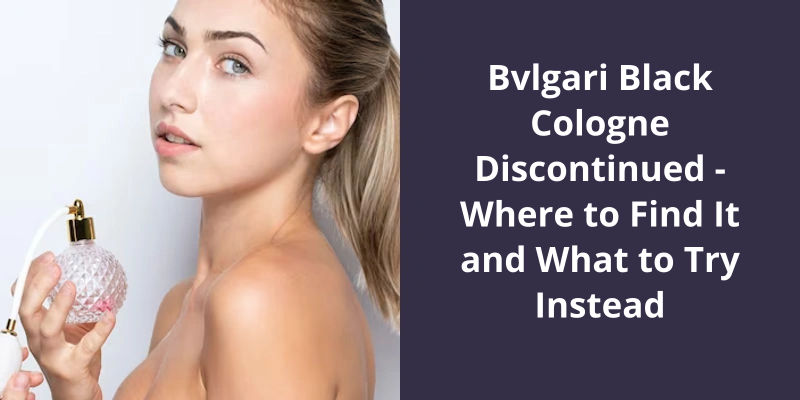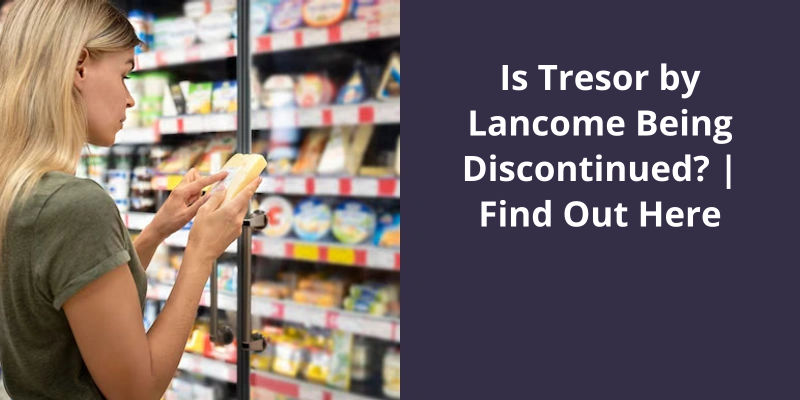“Hakim’s Perfumes of Ancient Egypt” refers to a significant historical examination of ancient Egyptian practices surrounding the use of perfume. The study devised by Hakim explores the art of scent in ancient Egypt, revealing various ingredients, methods of creation, and occasions for use, such as rituals, ceremonies, and personal adornment. It significantly delves into unraveling the mysteries and essence of these fragrances, used in healing, religious, and burial rites, thus disclosing a fascinating aspect of ancient Egyptian culture. This study provides an intersection of history, archaeology, and the olfactory sense, offering an interesting perspective into the significance of perfumes in the ancient civilization of Egypt.

What Was the Most Popular Perfume in Ancient Egypt?
In ancient Egypt, perfumes played an important role in their daily lives, religious ceremonies, and mummification rituals. They used perfumes to mask unpleasant odors, enhance their beauty, and attract the attention of the gods and goddesses.
One of the most popular perfumes in ancient Egypt was Kyphi. It was used for both religious and medicinal purposes and was believed to have healing properties. It’s said that the recipe for Kyphi was so secret that only priests knew how to make it. It was made with a blend of terebinth resin, saffron, raisins, cinnamon, wine, myrrh, honey, and other ingredients. The mixture was left to ferment for several days before being shaped into small cones or balls that could be burned as incense.
Another popular perfume in ancient Egypt was lotus flower perfume. The lotus was a symbol of rebirth and was associated with the god of the sun, Ra. Lotus flower perfume was made by crushing the petals of the lotus flower and mixing them with oil or fat. It was used for both personal use and in religious ceremonies.
Frankincense and myrrh were also popular perfumes during ancient Egypt. Both were derived from resin and had a rich, woody scent. Frankincense was believed to have medicinal properties and was used in mummification, while myrrh was associated with the goddess Isis and was used in sacred rites.
Perfume was not just reserved for the elite in ancient Egypt. Common people could also afford to buy and use perfume. They’d often buy cheaper, synthetic perfumes that were made with a mixture of herbs and oils.
It was a complex blend of ingredients that was used for both religious and medicinal purposes. Lotus flower perfume, frankincense, and myrrh were also widely used.
Cleopatra was a woman of many passions, including a love for essential oils. Her interest in aromatherapy and the benefits of these oils was well documented, and she made sure to use them frequently to maintain both her physical and mental health. As we delve further into her fascination with essential oils, we’ll explore the different types she favored and the specific ways she incorporated them into her daily routine.
Did Cleopatra Use Essential Oils?
Cleopatra, the last pharaoh of Ancient Egypt, has been an enigma for centuries. Known for her wit, charm, and beauty, Cleopatra has become a cultural icon over time. While there are many tales about her life and legacy, there’s one thing that historians agree on: Cleopatra was a beauty enthusiast who loved using essential oils.
She used essential oils in her perfumes, bath water, and even in her food. According to historians, Cleopatras favorite essential oils were moringa and geranium. Moringa oil was said to have anti-aging properties, while geranium oil was believed to have a calming effect on the mind and body.
She also used them for their therapeutic properties. For instance, she used lavender oil to help her fall asleep and treat anxiety. She also used peppermint oil to treat headaches and sore muscles.
It was also a way for her to show her status and wealth. In ancient times, perfume was a luxury item and was often associated with royalty and wealth.
While her love for essential oils was partly due to her personal preference, it was also a way for her to showcase her wealth and status.
How Essential Oils Were Extracted and Prepared During Ancient Times
During ancient times, essential oils were extracted and prepared using a variety of methods such as steam distillation, cold pressing, and solvent extraction. These methods involved using equipment such as stills, presses, and retorts to extract the oils from plants and herbs. The oils were then often mixed with carrier oils or other ingredients to create different products with various therapeutic and medicinal properties. These methods are still used today to extract and prepare essential oils, although modern technology has allowed for more efficient and precise methods of extraction.
If you’re looking for a perfume that takes you on a sensory journey back to ancient Egypt, look no further than Norah Perfumes. Crafted from the highest quality Egyptian oils, these fragrances will transport you to a time when pharaohs ruled the Nile valley and the air was thick with the scent of exotic spices. Not only do these perfumes smell amazing, but they’re also gentle on your skin thanks to their alcohol-free formulation. Discover the magic of ancient Egyptian fragrances for yourself with Norah Perfumes.
What Perfume Smells Like Ancient Egypt?
Our perfumes have been crafted to replicate the unique and exotic scents that were enjoyed by ancient Egyptians. Our variety of scents includes notes of incense and myrrh which were used in religious ceremonies and burnt as offerings to the Gods. Alongside this, our range also includes jasmine, lotus, and rose, all of which were used extensively in the bouquets of pharaohs, which they’d present to their queens and at official ceremonies.
Our scents have a depth and complexity to them that ensures they’ll not be forgotten and will leave a lasting impression on those who experience the richness of our scents.
We appreciate that creating the perfect scent is a complicated and delicate process, which is why our perfumes are crafted using only the finest ingredients and with the greatest care. Our unique selection process ensures that every aspect of each fragrance is considered and tested rigorously to ensure the highest quality and consistency. Whether you’re looking for a scent that’s subtle or bold, our collection has the perfect scent for you.
In addition to our commitment to quality, we pride ourselves on being environmentally conscious. Our perfumes are alcohol-free, meaning they’re gentle and kind to your skin, while also being better for the environment. Norah Perfumes isn’t just a perfume company; it’s a lifestyle brand that’s committed to helping people enjoy life and feel confident in their own skin.
Our scents are rich and complex, and when you wear one of our fragrances, you’re sure to feel empowered and spirited. Our perfumes are perfect for anyone who values luxury, quality, and authenticity, and we’d love for you to give them a try and experience the magic for yourself.
Source: Royal Egyptian Perfumes
Knowing what scent Cleopatra favored offers us a glimpse into the preferences and the luxurious lifestyles of those in power in ancient Egypt. But aside from Mendesian and Metopion, there were other fragrances that the Egyptians used for various purposes, some of which still endure to this day.
What Was Cleopatra’s Favorite Fragrance?
Cleopatra is a name that stands out in history. She was a powerful queen, known not only for her beauty but for her intelligence and political acumen. It’s said that Cleopatra had a great love for fragrances and perfumes. She was known to have a personal perfumer who catered to her every scent-related need.
Mendesian was a popular fragrance in Cleopatras time. It was said to be made from a variety of ingredients, including camphor, honey, myrrh, and cinnamon. The scent was known to be rich and complex, with a sweet and spicy aroma that was both alluring and relaxing.
There were other fragrances that she favored as well, including Metopion. This fragrance was even more elaborate than Mendesian and was said to have a strong woody scent. It was made from a combination of bitter almonds, cardamom, mastic, myrrh, and camel grass.
In fact, she used scent strategically to manipulate her enemies and allies. She reportedly used perfumes and incense in her political dealings to create a certain mood or to calm her nerves during negotiations. Cleopatra was known for her shrewdness and ability to use every tool at her disposal, including fragrance, to achieve her goals.
She used fragrance not only as a personal adornment but as a tool for political maneuvering. Her legacy as a powerful queen and accomplished politician will always be intertwined with the scents of the fragrances she loved and the perfumer who created them.
Conclusion
These perfumes were created with the utmost care and attention to detail, using exotic ingredients that were gathered from all corners of the world. They were worn by both men and women and were considered a symbol of social status and wealth. These ancient perfumes have inspired modern-day perfumery, and their legacy lives on today. They’re a testament to the creativity, ingenuity, and craftsmanship of the people of ancient Egypt and serve as a reminder of the rich and remarkable history of human civilization.





